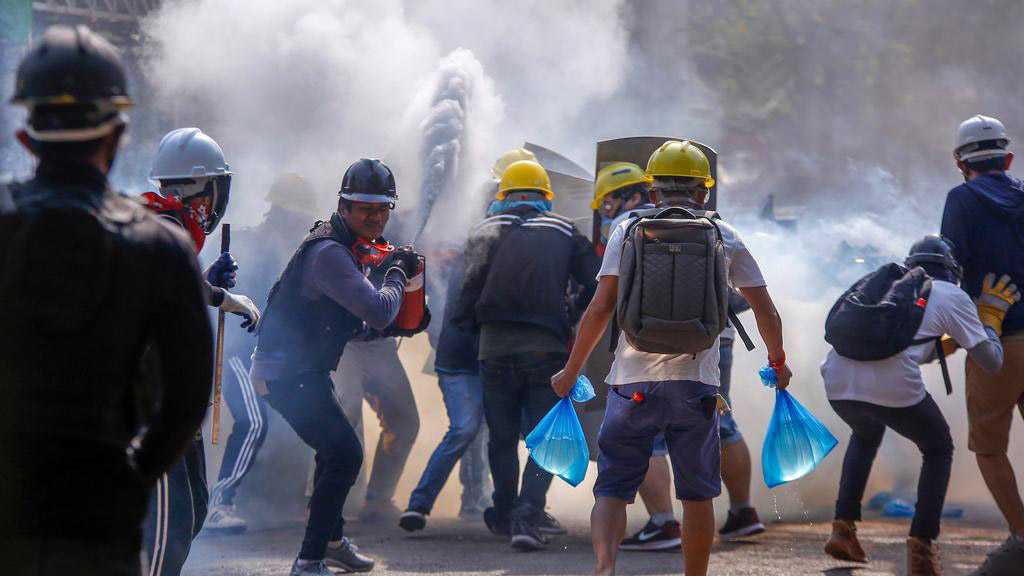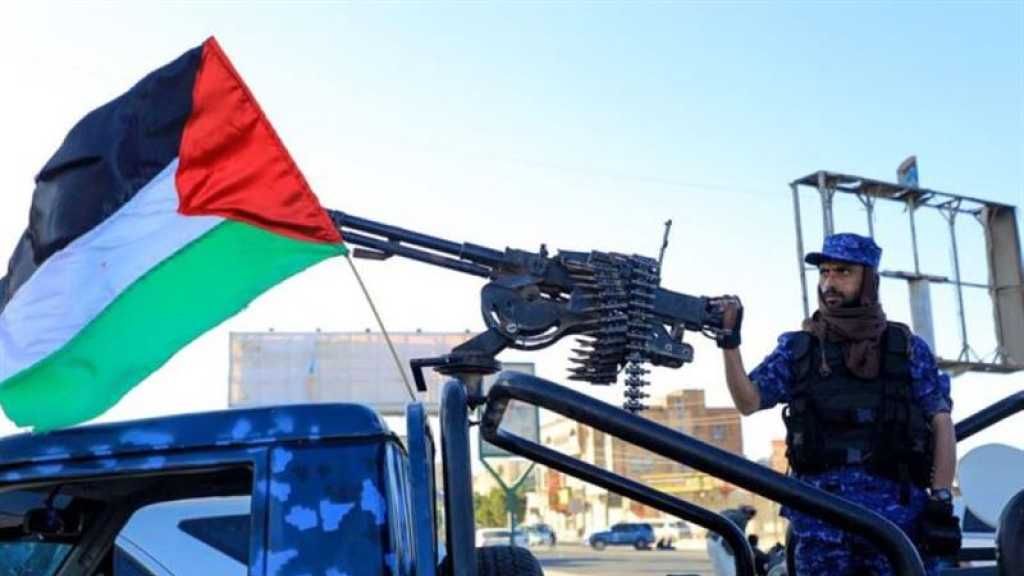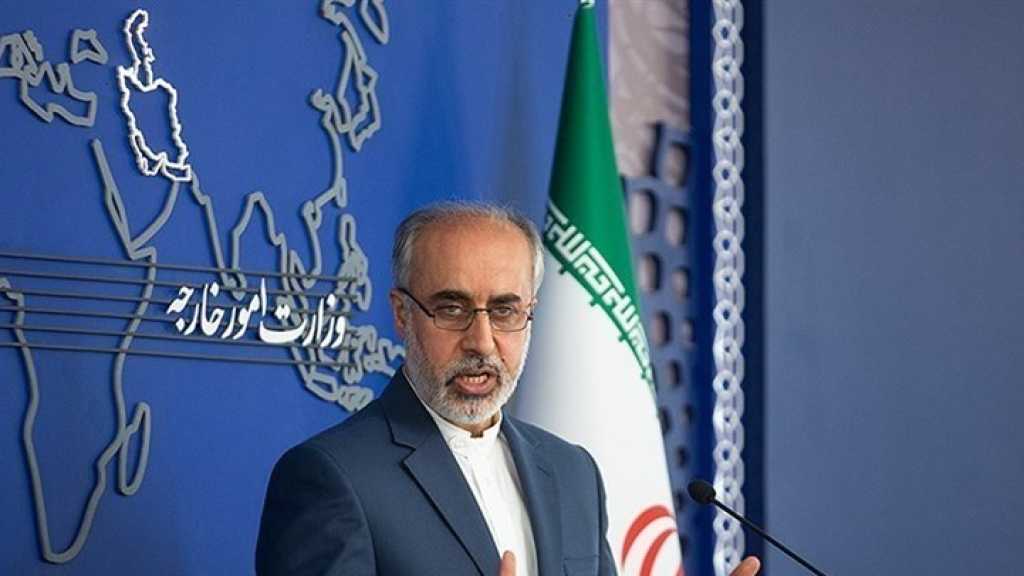
Fears Grow for Hundreds of Students Arrested in Myanmar Protests

By Staff, Al Jazeera
Muhammed Salim’s friend is well-known at school for being a passionate football player and a strong public speaker. The 20-year-old often channeled his oratorical gifts into activism, even before the Myanmar military seized power on February 1.
He organized events for causes as small as condemning government plans to cut trees on campus and as big as protesting against then-State Counsellor Aung San Suu Kyi’s decision to defend the military from allegations of genocide against the Rohingya.
“He’s brave,” Salim said.
Like many other young, politically active Yangon residents, Salim’s friend threw himself more fully into activism after the coup. But on March 3, he was among some 400 student protesters rounded up by police in Tamwe township in the largest mass arrest incident since the military takeover.
There has been no word from the students since then. Salim does not want to name his friend for fear it will worsen his situation. Al Jazeera has verified his name to a list of detainees maintained by the Assistance Association for Political Prisoners, an advocacy group that has been monitoring arrests since the coup.
“There were about 20 police in front of us. We made a defensive line and requested that they open the road. Then their reinforcements came and they started to destroy our force,” said Aung*, another protester on the front lines that day.
He said police attacked, using stun grenades and tear gas first. “At first, we tried to neutralize the tear gas grenade, but we weren’t able to any more because they kept throwing more and more. Then they shot us with rubber bullets continuously,” he said.
Aung and Salim, who are both 19, were wounded by rubber-coated bullets during the crackdown but managed to escape arrest. They saw others kettled into a side street as they tried to flee, blocked by police on both sides. “I saw they forced the students to line up with their hands behind their head like a prisoner after arrest,” Salim said.
The remaining protesters attempted to reassemble and demand the release of their fellow students, “but they shot us again,” Aung said. “They said they will free the students in a few days but it’s been a week and our students are still imprisoned.”
That day was also the bloodiest since mass protests and civil disobedience against the coup began, with the United Nations putting the estimated death toll at 38. But having heard nothing from the detained students for days, their families and friends are growing increasingly concerned about their welfare.
On March 8, the AAPP said there had been 518 confirmed cases of women being arrested or charged, with the actual number “likely to be higher”.
Young female protesters have also been among those killed by security forces. Kyal Sin and Mya Thwe Thwe Khine were just 19 when they were shot in the head by police. They have since become icons of the protest movement.
Police informed the arrested students’ families that they had been taken to Insein Prison, an infamous facility in Yangon that has long been used to house and torture political prisoners. Many activists were sent to the prison in the aftermath of the 1988 uprisings against the previous military dictatorship.
Survivors of the prison from that era frequently relate stories of physical and psychological abuse, overcrowding, poor hygiene, inadequate food. Some did not make it out at all.
The generals have repeatedly tried to portray the young protesters as being easily manipulated and influenced without being fully cognizant about the coup.
“Protesters are now inciting the people, especially emotional teenagers and youths, to a confrontation path where they will suffer the loss of life,” said a particularly threatening message in state media on February 22.
On March 9, coup leader Min Aung Hlaing even suggested that “some young people involved in protests were on drugs,” although he did not provide any evidence to substantiate his statement.
In the same speech, the army chief also said “arrangements are being made to release some” of the detained protesters. But a few days later, state media announced leaders of the so-called “riot” had been charged under section 505A, which carries a three-year prison sentence.
Far from scaling back mass arrests, security forces carried out a similar roundup on March 10, detaining more than 100 protesters.
Videos and photographs of police beatings have gone viral on social media, underscoring the difficulty facing the military in hiding its abuses in the modern age.
While the biggest roundup occurred on March 3, hundreds of others have been arrested since the takeover. As of March 11, AAPP estimated that more than 1,700 people were still in detention over their involvement in protests against the coup.
The most high-profile detainees are Aung San Suu Kyi and President Win Myint, leaders of the National League for Democracy [NLD] which won November’s election in a landslide. The military has refused to recognise the result. Both are facing charges for supposedly violating COVID-19 restrictions and for incitement, while Suu Kyi is facing additional charges for allegedly illegally importing walkie-talkies.
Like many of the youth protesters, they have not been heard from since their arrests on February 1.
Comments



